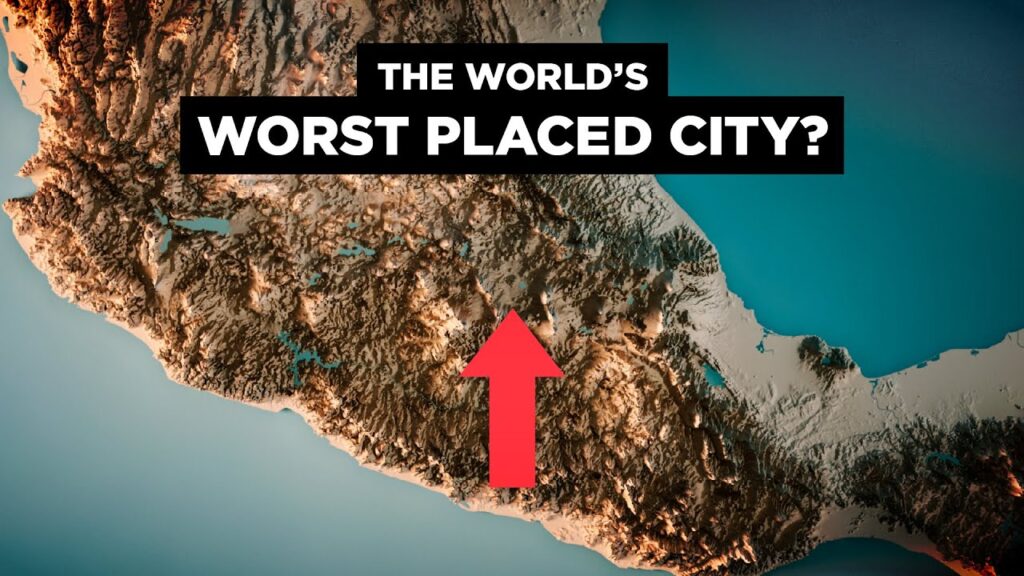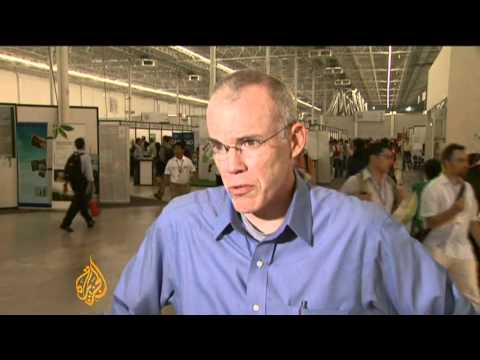Understanding the Environmental Changes in Mexico City
Mexico City, a vibrant metropolis known for its rich history and dynamic culture, is facing significant environmental changes. These alterations in the environment stem from a combination of natural shifts and anthropogenic factors, which have been impacting the city’s air quality, water resources, and green spaces. As one of the largest cities in the world, Mexico City’s struggle with pollution and environmental degradation is a critical issue that not only affects its millions of inhabitants but also has broader implications for global urban environmental management.
One of the most visible environmental issues in Mexico City is air pollution. The city is situated in a valley, which naturally traps pollutants, and when combined with the emissions from vehicles and industrial activity, leads to high levels of air pollutants. Efforts to monitor and improve air quality have been ongoing, focusing on reducing vehicular emissions and encouraging the use of public transportation and alternative, cleaner methods of travel. However, the battle against air pollution is an ongoing challenge that requires constant vigilance and adaptation to new technologies and policies.
Water scarcity is another pressing environmental challenge. Mexico City’s water infrastructure struggles to keep up with the demand from its growing population. Over-extraction of groundwater has led to subsidence, affecting the structural integrity of buildings and roads, and reducing the natural recharge of aquifers. Rainwater harvesting and the reuse of treated wastewater are among the strategies being adopted to address this issue. These efforts are critical in ensuring a sustainable water supply for the city, while also mitigating the impacts of over-extraction on the urban landscape.
Urbanization and Its Impact on Mexico City’s Environment
The rapid urbanization of Mexico City, which began in earnest in the 20th century, has had profound effects on its environment. As the city has expanded, the demand for housing, infrastructure, and services has led to significant environmental challenges that are felt both within its borders and in the surrounding areas. From air and water pollution to the heat island effect, Mexico City provides a complex case study on the impact of urban development on natural systems.
One of the most visible impacts of urbanization is the deterioration of air quality. The concentration of vehicles, factories, and millions of inhabitants in a relatively confined area generates a significant amount of air pollutants. Over time, this has resulted in Mexico City grappling with some of the worst air quality levels in the world. This not only affects the health and welfare of its residents but also contributes to broader environmental issues such as climate change.
Water scarcity is another critical challenge exacerbated by urbanization. Despite being situated in a region that receives ample rainfall, the sprawling urban landscape of Mexico City has strained the capacity to capture and utilize this water effectively. The consequent reliance on distant water sources and the over-extraction of groundwater have led to sinking ground and a precarious situation for the city’s water security.
Furthermore, the loss of green spaces and biodiversity is a direct consequence of the city’s expansion. Areas that were once forests, lakes, and wetlands have been transformed into neighborhoods, roads, and commercial areas. This reduction in green spaces not only diminishes the quality of life for city dwellers by limiting recreational spaces but also impacts local wildlife and contributes to the urban heat island effect, where the city experiences significantly higher temperatures than surrounding rural areas.
Lastly, waste management has become an increasingly pressing issue for Mexico City as the volume of waste generated by its millions of residents continues to grow. The city’s infrastructure struggles to keep up with the efficient processing and disposal of waste, leading to environmental pollution and health risks. Addressing this challenge requires innovative approaches to recycling, waste reduction, and sustainable consumption practices.
In sum, the urbanization of Mexico City presents complex environmental challenges that demand integrated and sustainable solutions. Addressing these issues is critical not only for the health and well-being of its current residents but also for future generations who will inherit the city.
Efforts to Mitigate Environmental Degradation
In Mexico, the vibrant landscapes and diverse ecosystems have long been a draw for adventurers and travelers from around the globe. However, the surge in tourism has also brought challenges, particularly in terms of environmental degradation. In response, various initiatives and efforts have been put in place to protect the natural beauty and ensure that Mexico remains a top destination for eco-conscious visitors. These efforts are crucial in maintaining the balance between welcoming tourists and preserving the environment.
One significant step has been the establishment of protected areas and national parks. Places like the Monarch Butterfly Biosphere Reserve and the Sian Ka’an Biosphere Reserve are not just breathtaking natural wonders; they are also critical habitats for myriad species. Visitors to these areas are encouraged to follow strict guidelines designed to minimize their environmental impact, such as staying on marked trails, disposing of waste properly, and not disturbing the wildlife. This approach allows for the enjoyment of Mexico’s natural treasures while ensuring their conservation for future generations.
Furthermore, many travel and tour companies operating in Mexico are now embracing sustainability as a core part of their business model. This includes implementing practices like small-group tours to reduce impact, using eco-friendly transportation methods, and educating travelers on the importance of responsible travel. Some companies also contribute a portion of their profits to local conservation projects, fostering a culture of sustainability within the tourism industry. Through these concerted efforts, Mexico is making strides in mitigating environmental degradation, offering a blueprint for sustainable travel that other destinations might follow.
Exploring the Natural Beauty of Mexico City and Beyond
Mexico City, a sprawling urban landscape, surprises many with its abundant green spaces and nearby natural wonders. It serves as a gateway to some of the country’s most breathtaking outdoor experiences, ranging from tranquil parks within the city to awe-inspiring natural reserves just a short drive away. This guide invites you to delve into the heart of Mexico’s natural beauty, captivating both city dwellers and adventurers.
Mexico City’s Green Lungs: Chapultepec Park stands as a testament to urban greenery at its finest. Spanning over 686 hectares, it is one of the largest city parks in the Western Hemisphere. Here, visitors can wander through forests, rest by tranquil lakes, and explore several museums nestled within its bounds. It’s a sanctuary for those seeking a break from the city’s hustle and offers a glance at Mexico City’s commitment to preserving its environmental heritage.
Just a stone’s throw from the city, the Ajusco Mountain offers a rugged landscape ideal for hiking, mountain biking, and climbing. Its peaks provide spectacular views of the capital and, on clear days, the majestic Popocatépetl and Iztaccíhuatl volcanoes in the distance. Ajusco’s natural beauty highlights the diverse ecosystems present in Mexico City’s surroundings, appealing to those thirsting for adventure.
Venturing further, the Monarch Butterfly Biosphere Reserve unveils one of nature’s most extraordinary phenomena. Located a few hours’ drive from Mexico City, this UNESCO World Heritage site becomes home to millions of monarch butterflies migrating from North America during the winter months. The sight of forests painted orange and black, combined with the serene beauty of the reserve, makes it a magical destination for nature lovers.
Not to be overlooked, the water channels of Xochimilco offer a glimpse into the pre-Hispanic past of the Valley of Mexico. The area’s floating gardens, or “chinampas,” are a testament to ancient agricultural practices. Touring these canals on a traditional “trajinera” boat immerses visitors in the rich cultural heritage and natural splendor that Mexico City and its surroundings have to offer.
Beyond the immediate vicinity of the capital, adventurers can explore the Nevado de Toluca, a striking volcano located just a couple of hours away. Its crater, housing two magnificent lagoons, presents hiking enthusiasts with breathtaking landscapes at over 4,000 meters above sea level. The journey to Nevado de Toluca exemplifies the extreme geological diversity and beauty accessible from Mexico City, promising an unforgettable experience for those willing to venture into the wild.


